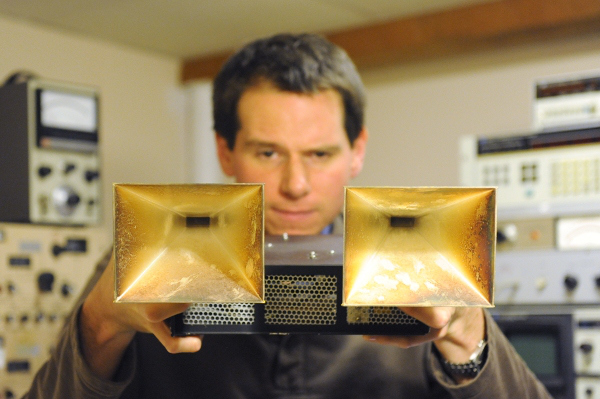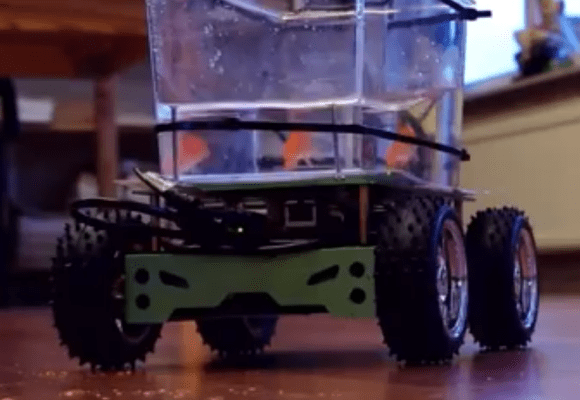
LulzBot is yet again giving away a few of their very fancy and well-reviewed 3D printers away to a few hackerspaces.
This isn’t the first time LulzBot has given away a few of their printers; a year and a half ago, they gave away eight AO-100 printers and they also donated one to our ‘ol buddy [Caleb] for TheControllerProject, a forum to connect disabled gamers to people who have the means and ability to make custom gaming controllers.
The rules for this giveaway are simple: Be a hackerspace, and display, “creativity and contributions to the free software and open hardware community.” It’s as simple as that. If you’re a hackerspace without a 3D printer – which would be somewhat astounding at this point – here’s your chance to get one of the best 3D printers around.
The contest will be open starting March 1 and ends on March 14, with entry requiring a hackerspace fill out a form somewhere on the LulzBot servers.

















